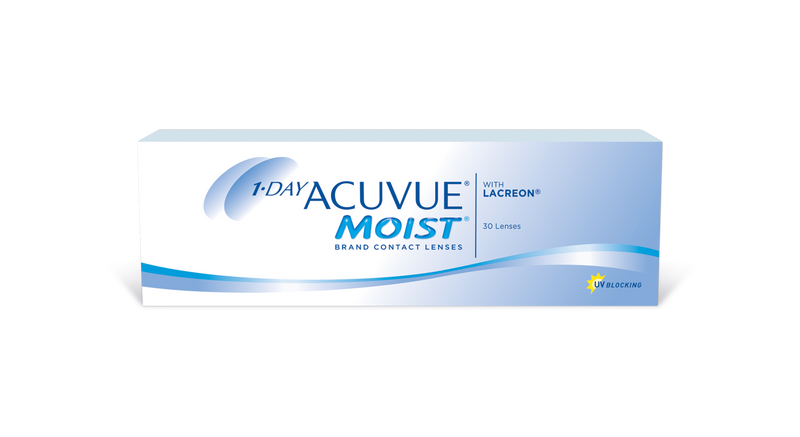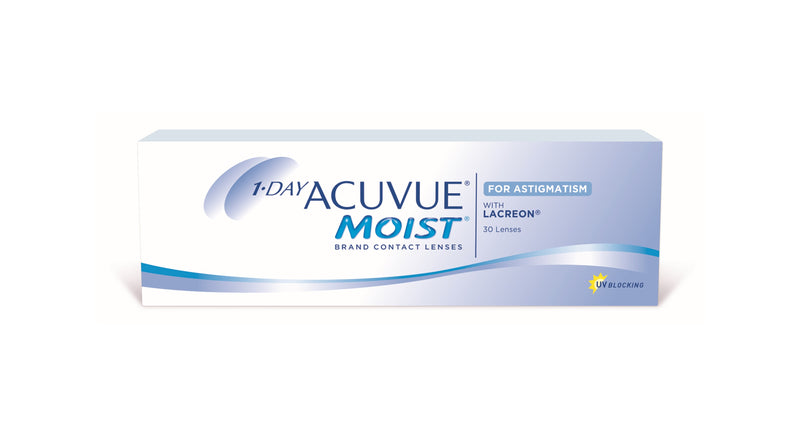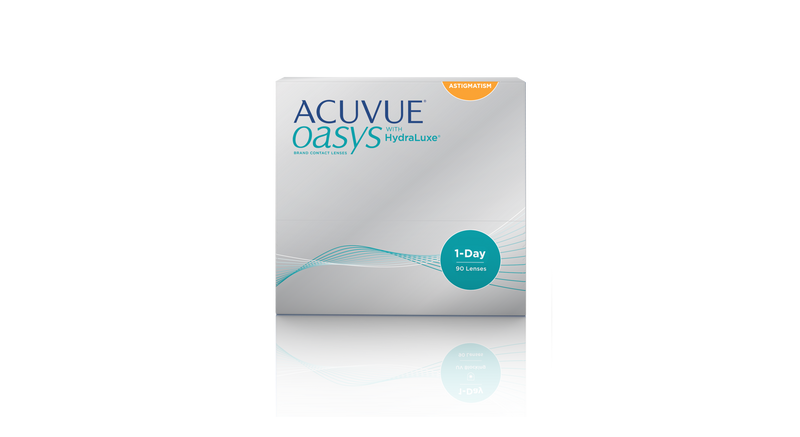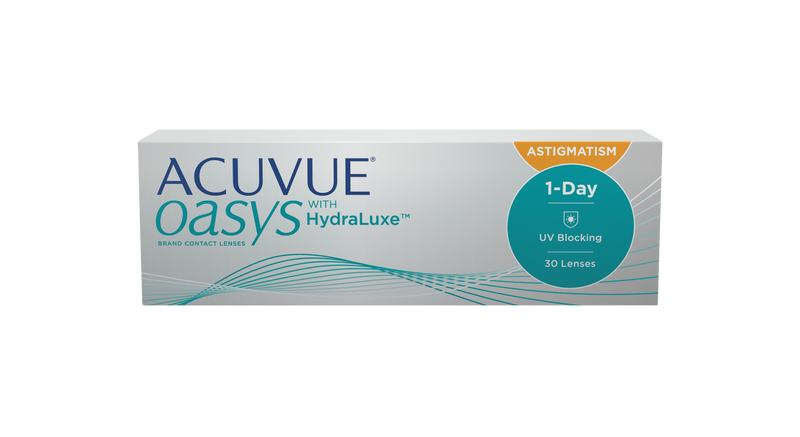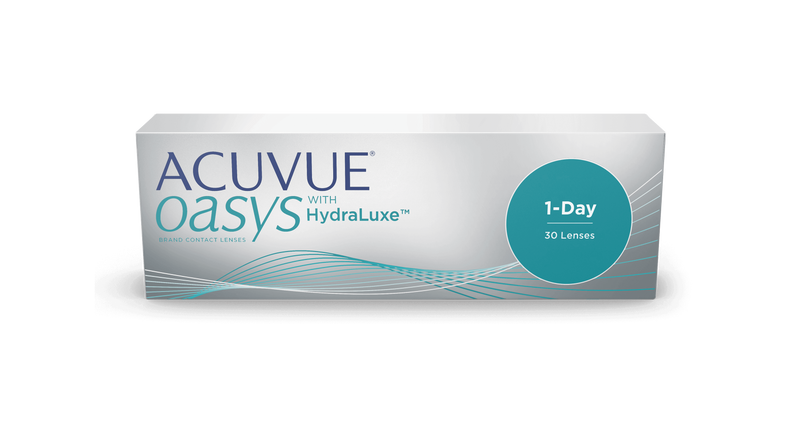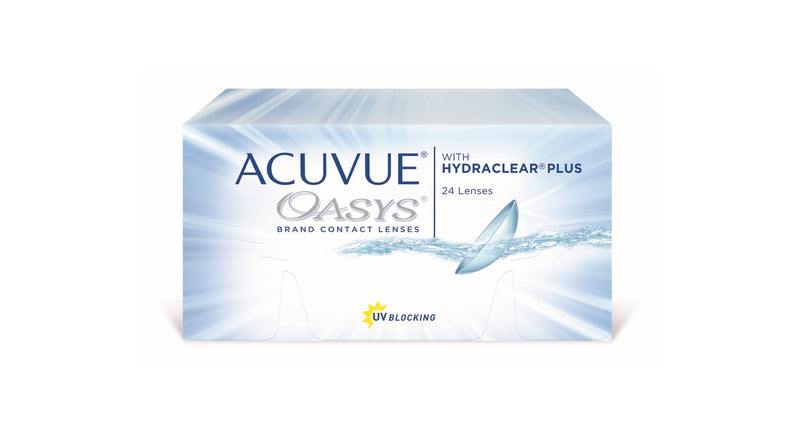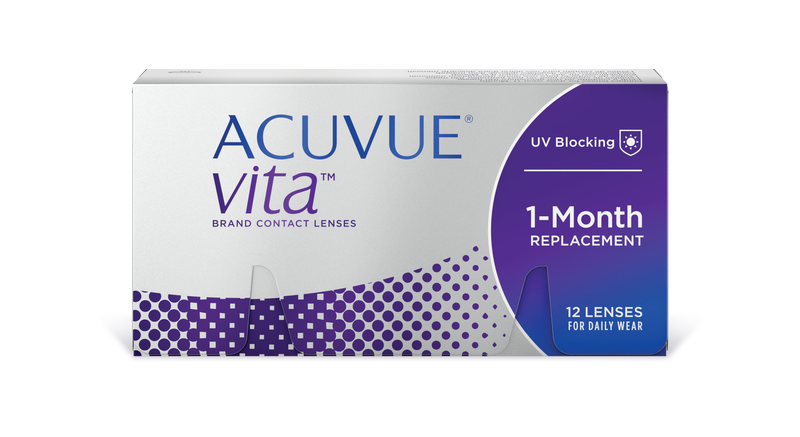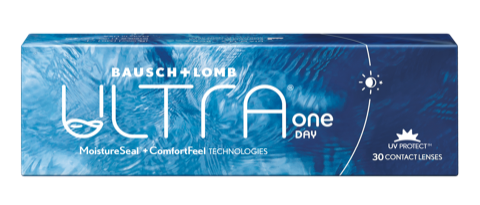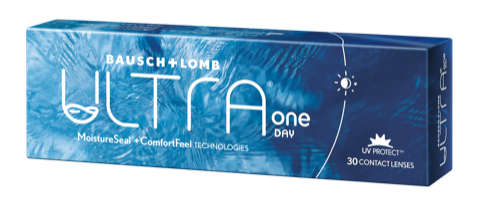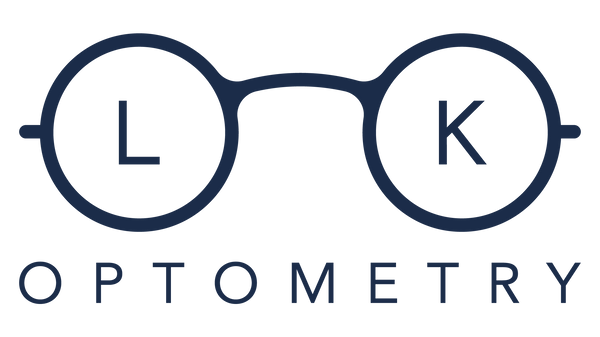
What is Blue Eyes Strain and Digital Eye Strain?
Share
What is Blue Light?
Light is made up of electromagnetic radiation travelling in waves of different strengths and lengths. Each of these wavelengths are represented on the electromagnetic spectrum by a different colour. Some of these waves and colours are visible to the human eye and referred to as ‘visible light’. Some wavelengths, like ultraviolet (UV) rays, are not visible to the human eye. Most visible light is beneficial to humans, while the invisible ones are harmful.
Blue light is just one of the colours on the visible light spectrum that can be seen by the human eye, but the strength and length of its waves put it at the border of being beneficial and harmful. Blue light is one of the shortest and highest-energy wavelengths with its wavelength measuring between approximately 380 and 500 nanometers (nm). In comparison, ultraviolet light has even shorter wavelengths and higher energy, making it more harmful to eye health.
The topic of blue light and its effect on eye health, whether positive or negative, is one that is still being debated. Evidence from studies exists to support both sides and today we’ll explore what blue light is, the effects it has on your health, and what protection is available against it. We’ll also look into the causes, symptoms, and prevention of digital eye strain, which is often attributed to blue light.
Sources of Blue Light
Now, you’re probably here reading this article because you’ve heard the concerns regarding blue light exposure from devices such as your laptop, smartphone, or tablet. While it’s true that all of these things emit some amount of blue light, many people don’t realise that blue can actually be found everywhere.
In fact, the sun is Earth’s primary source of blue light and with all of the time that we spend outdoors, it’s no surprise that it is also where we receive the most exposure. Blue light emission can also be found in fluorescent light bulbs and LED light or screens. That being said, the concern with the effects of blue light exposure on our eyes, stems from the increased use of digital devices in our daily lives.
With the working world transitioning into a remote/hybrid model, more and more time is spent staring at the screens of our devices, increasing our exposure to blue light. Many eye doctors worry that the repeated usage and the proximity of the screens to our eyes may result in long-term effects on our eye health. Using blue light filters can help reduce glare and eye strain.
The Good and the Bad of Blue Light
With all of that being said, it might come as a surprise to you to learn that blue light is not all bad for your health! As long as you’re not overexposing yourself to blue light for prolonged periods of time, blue light can actually provide some useful health benefits. As with most things in life, moderation is key.
Here are some of the beneficial effects that blue light can have on your health:
Good Effects of Blue Light
-
Blue light can help regulate the circadian rhythm, which is our body’s natural sleep and wake cycles.
-
Blue light helps boost alertness.
-
Studies have shown that blue light can also aid in memory and cognitive function.
-
Elevated mood is another benefit of blue light.
Reversely, blue light has been known to lead to some of these harmful effects:
Bad Effects of Blue Light
-
Disruption to the circadian rhythm and natural sleep cycle, especially if exposed to the artificial blue light emitted from digital screens before trying to sleep.
-
Increased risk of certain types of cancer.
-
Increased risk of diabetes, obesity, and heart disease.
-
Increased risk of depression.
-
May cause age-related macular degeneration which results in permanent eye damage and vision loss.
-
May lead to digital eye strain and all of its symptoms.
The negative effects of blue light outnumber the positive, but it doesn’t make the benefits any less important. For this reason, it’s important that you monitor your exposure to blue light and explore proper protection options without removing blue light from your life completely.
Blue Light and the Increased Risk of Macular Degeneration
There is evidence to support that overexposure to blue light can cause permanent damage to your eyes. Blue light is able to penetrate our eyes all the way to the retina. Our retina is a thin tissue lining in the back of our eye near our optic nerve. When blue light reaches our retina it is able to penetrate the macular pigment and potentially damage the light-sensitive cells that are found there. This can lead to an increased risk of an age-related condition known as macular degeneration and ultimately result in permanent vision loss.
Age-related macular degeneration (AMD) is an eye disease often affecting people over the age of 60. A result of the wearing down of the macula in the retina, age-related macular degeneration does not normally cause blindness, but is the leading cause of severe, permanent vision loss in seniors.
Digital Eye Strain Causes, Symptoms, and Prevention
Many of the symptoms and discomfort that you might experience from prolonged use of your computer, tablet, or smartphone can be attributed to digital eye strain, but not necessarily the presence of blue light specifically. Again, with remote work becoming the norm for many businesses, the amount of time people spend in front of the computer screen has increased and become difficult to avoid. Too much screen time can contribute to digital eye strain and other vision problems.
Digital eye strain can be caused by a variety of factors including, but not limited to:
-
Poor lighting in the work area.
-
Glare on a digital screen.
-
Improper workspace set-up leading to incorrect viewing distances, angles, and positioning.
-
Vision problems that are either uncorrected or unaddressed.
-
Poor sitting posture.
Any combination of the factors above can lead to digital eye strain and the following symptoms:
-
Eye strain and fatigue
-
Blurred vision
-
Headaches or migraines
-
Neck, shoulder, or back pain
Treatment and prevention of digital eye strain directly involve addressing many of the cause factors listed earlier. Build out your workspace to ensure proper lighting and to avoid glare on your screen. Making sure your office or room is correctly lit will help reduce the strain put on your eyes. For the same reason, positioning your computer properly for optimal viewing distance and angles will reduce the toll that working at a desk can take on your eyes and your body.
Remember to take breaks when you’re working in front of your computer for extended periods of time. If you need help remembering to take breaks, try out the 20-20-20 rule; give yourself a 20-second break every 20 minutes by looking at something in the distance at least 20 feet away. Doing this gives your eyes a chance to refocus and reset. Also, don’t forget to blink! Staring at a screen can decrease the frequency of our blinking which results in dry eyes. Using artificial tears can help keep your eyes moist and comfortable.
Most importantly, ensure that any existing vision problems are addressed and corrected either through glasses or contact lenses. Even if you have your workspace set up properly, looking at your screen without wearing the proper eyewear prescribed for you can cause eye strain or other issues with your vision. Regular eye exams are the best way to maintain your eye health and to catch vision concerns like hyperopia, myopia, or astigmatism before they worsen. Speak with your eye doctor or optometrist to determine if you require different glasses when working at your computer. Sometimes the glasses that you wear throughout the day are not what’s best for you when you’re staring at a screen for long hours.
There is ongoing debate about the effectiveness of blue light blocking glasses. The American Academy of Ophthalmology states that blue light from digital devices does not cause eye strain or eye disease. The discomfort from looking at screens is likely digital eye strain, which can be prevented by taking regular breaks and using artificial tears. Several studies suggest that blue light blocking glasses do not improve symptoms of digital eye strain.
Need to book an eye exam? At Look Optometry, we’re passionate about helping people live their best life by providing them with the tools and knowledge necessary for clear eyesight and healthy vision. Give us a call or drop by the clinic today - we’re looking forward to meeting you!
Blue Light Glasses and Other Blue Light Protection

Whether it’s because of work or entertainment, if you’re consistently on your computer, smartphone, or tablet for extended periods of time and are worried about the effects of blue light on your eye health, there are a few different options out there that you can look into. For example, there are filters available for your various screens that are designed to prevent the blue light emitted from reaching your eyes. These filters sometimes come in the form of special blue light blocking screen protectors or as an additional add-on.
Similarly, there are options available if you want to protect your eyes from blue light through eyeglasses. If you have a valid prescription for glasses, most eye clinics offer blue light protection for your lenses at an additional cost. If you don’t wear corrective eyeglasses, you can still get blue light protective eyewear without a prescription. This is also a great option if you usually wear contact lenses and want to simply wear your blue light glasses over them.
Speak to your eye doctor to find out what blue light eyeglass options are available and which ones might be right for you. If you want to learn more about blue light and digital eye strain or if you have any other questions at all about eye health and corrective lenses, don’t be afraid to contact us – we’re happy to help!